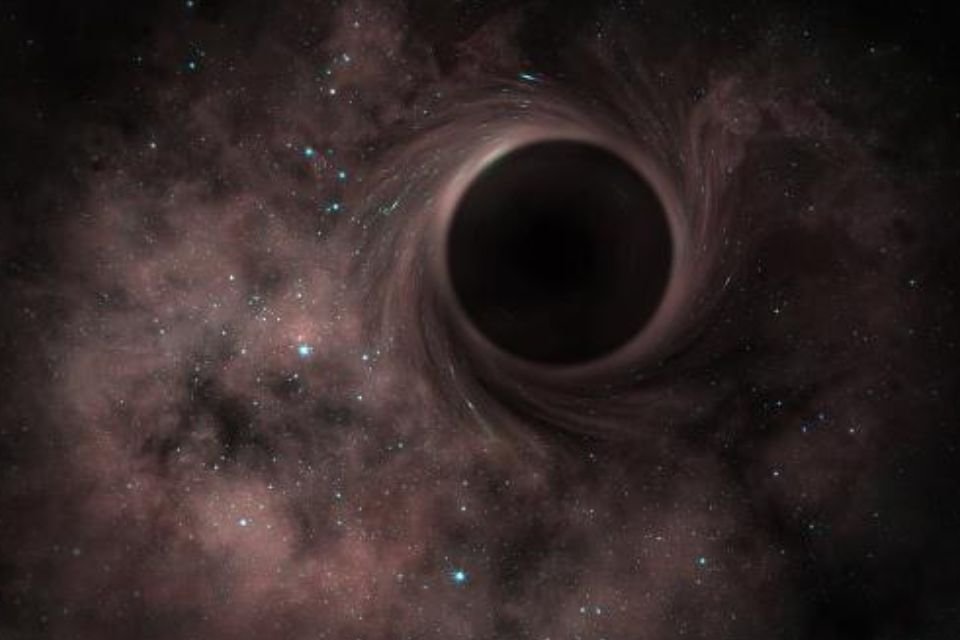The James Webb Space Telescope (JWST) has already captured several regions of deep space, searching for cosmic signatures and chemical elements scattered throughout the universe. A new study led by researchers at the University of Texas in the United States, He thinks the space telescope has managed to record the first evidence of dark matter.
According to a study published in the scientific journal Proceedings of the National Academy of Sciences (PNAS), James Webb was able to detect it. Three cosmic objects that could be “dark stars”, named JADES-GS-z13-0, JADES-GS-z12-0, and JADES-GS-z11-0.
Currently, science is theoretically treating these objects, but if the detection is confirmed, the data will help answer some key mysteries about the nature of dark matter.
What is dark matter?
According to experts, dark matter is responsible for about 90% of all the matter that makes up our universe.. The problem is that this substance is invisible, and so far scientists have found little evidence to support the theory.
“Something in the standard model is more likely to require tweaking because it’s always less likely to come up with something completely new as we do. However, if some of these objects that look like primitive galaxies are actually dark stars, the simulations of galaxy formation fit better with the observations,” said one of the study’s authors. Katherine Freese.
James Webb and the Dark Stars
The study suggests that some of the galaxies we see in the early universe are actually dark stars – the idea being that dark stars don’t shine like ordinary stars, but instead generate heat from dark matter particles in their cores. Scientists say detecting a new type of star is already crucial, but the discovery behind the mysteries of dark matter could be one of the biggest discoveries of this century.
If dark stars are scientifically proven, They must have a mass of 10 million and a luminosity of 10 billion suns; possibly, these stars will be 10,000 times larger than our Sun.. Current models suggest that dark stars may have originated in the early universe and could help explain more about dark matter.
Dark matter plays a similar role as fuel, but dark stars collapse into a black hole when that fuel runs out. This hypothesis may help explain the formation process of supermassive black holes, but scientists say they need to do more work on the subject and the idea is still speculative.
Stay up to date with the latest scientific discoveries on TecMundo. If you wish, take the opportunity to take a look at the most incredible images taken from the James Webb telescope in 2023 (so far).
Source: Tec Mundo
I’m Blaine Morgan, an experienced journalist and writer with over 8 years of experience in the tech industry. My expertise lies in writing about technology news and trends, covering everything from cutting-edge gadgets to emerging software developments. I’ve written for several leading publications including Gadget Onus where I am an author.













